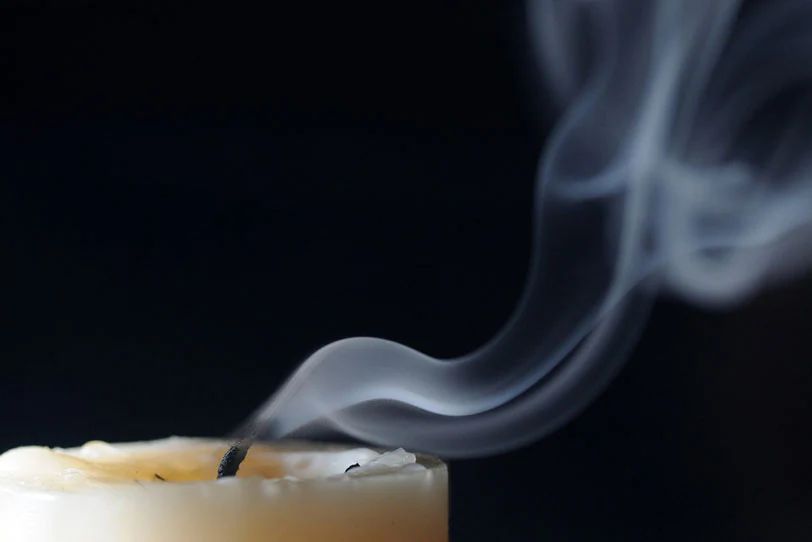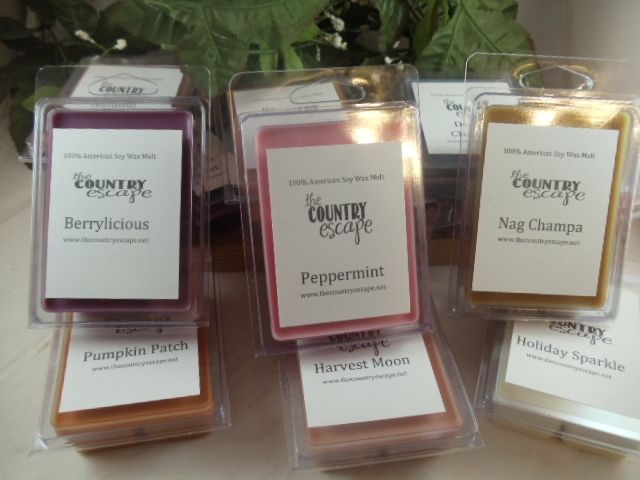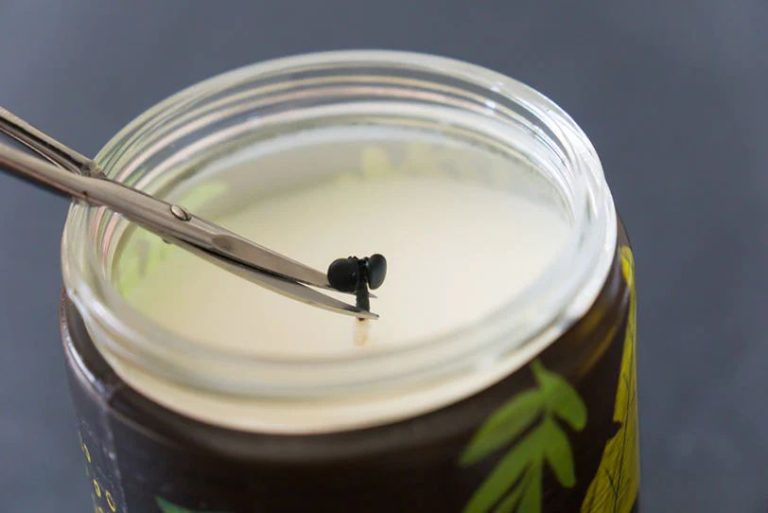When Should You Throw A Candle Away?
When Should You Toss Out Your Candles?
Candles create a cozy ambiance and lovely scent in any room. But with 35 million candle containers ending up in landfills every year, it’s clear many people are unsure when it’s time to say goodbye to a candle (Sustainability Champions). So how do you know when a candle has reached the end of its usefulness? This article will explore the signs it’s time to toss your candle, proper disposal methods, and eco-friendly alternatives.
We’ll cover key factors like safety, appearance, scent, burn time, expiration dates, and recycling options. You’ll learn straightforward guidelines on when to throw away a candle, how to dispose of it responsibly, and creative ways to repurpose old candles. With this comprehensive guide, you can enjoy candles in your home while minimizing waste.
Safety Concerns
Old and neglected candles can pose serious fire hazards. According to the U.S. Fire Administration, candles cause an estimated 15,600 home fires, 150 deaths, 1,270 injuries, and $539 million in direct property damage per year in the United States. Candles should never be left burning unattended as the wax can melt and ignite flammable materials like curtains, rugs, furniture or clothes that are too close by (FEMA, 2022).
There are certain warning signs that indicate when a candle becomes unsafe to burn. These include:
- The wick being overly long, curved, or encrusted with wax drippings. Long wicks can extend into the hot wax pool and ignite.
- Soot building up on the candle holder or walls from smoke. This is a sign the candle is not burning cleanly.
- The candle flickering or having uneven, jerky flames even when there are no drafts. This indicates poor wax quality.
- The candle making cracking or hissing sounds. Candles should burn silently.
- The wax pool melting unevenly or too quickly. The wax pool should melt 1/4 inch deep before extinguishing the candle.
- Smoke or sparks coming from the wick. The wick should burn steadily without smoking or releasing sparks.
- A rim of unburned wax building up along the edge of the container. This can cause uneven melting.

If a candle exhibits any of these warning signs, it’s time to properly dispose of it to avoid potential fires or other safety hazards.
(FEMA, 2022) https://www.usfa.fema.gov/prevention/home-fires/prevent-fires/candle/
Appearance & Scent
As a candle burns down, you may notice some changes in its appearance and scent. Two common issues are a buildup of sooty residue and fading of the candle’s color and fragrance.
Soot can form on the wax or jar as the wick trim gets too long. According to Everything Dawn, “Candle soot can be a real headache. You’re burning a candle only to find that there’s a black smoky substance coming from your flame” (source). Soot indicates the candle is not burning properly and can be dangerous.
The candle’s fragrance often diminishes as it burns down. The essential oils that produce the scent can burn off over time. You may also notice the candle’s color fading as the wax pool gets lower. These are signs that the useful life of the candle may be ending.
Burn Time
A candle’s burn time is an important factor when judging whether it’s time to throw it away. Shorter burn times can be a sign of issues.
Candles that tunnel, meaning wax only melts around the wick and not the entire top surface, will have a shorter burn time. Tunneling is caused by poor wax quality, wick size, candle shape, or burning conditions. It can be fixed by trimming the wick or using aluminum foil to melt the edges.
Wicks that are too small or large can also lead to uneven burning and tunneling. Wicks that smoke or produce a weak flame result in the candle burning poorly. These issues reduce burn time and indicate it’s time to toss the candle.
Expiration
How long a candle will last largely depends on the ingredients used to make it. Candles made from soy, coconut, or beeswax tend to have a longer shelf life than paraffin candles.Archipelago The natural waxes in soy, coconut, and beeswax candles allow them to burn slower and retain their scent longer. These types of candles often last 1-2 years if stored properly.
Paraffin candles usually have the shortest shelf life at around 6 months to a year.Harlem Candle Co The synthetic paraffin wax does not hold scent as effectively over time. However, paraffin candles tend to be less expensive.
Proper storage can help maximize a candle’s shelf life. Keeping candles in a cool, dry place away from direct light and heat will help preserve the scent and structural integrity. Storing candles in extreme temperature fluctuations or humidity can cause the wax to sweat or lose its shape. With proper storage, most candles can maintain quality for up to 2 years unburned.Malibu Apothecary
Recycling
Instead of throwing old candles directly in the trash, consider repurposing or recycling them first. There are creative ways to reuse candle wax and containers that are better for the environment.
For repurposing wax, you can melt down the leftover wax to make new candles. Be sure to remove any wicks first. Melt the old wax in a double boiler, then pour it into containers or molds for new candles. Adding essential oils or dye at this stage can create scented or colored recycled candles. You can also reuse wax to make wax melts or fire starters. Just pour the melted wax into silicone molds and allow to fully harden before use.
Upcycling the glass jars or other containers candles come in is another green option. Clean out any remaining wax, then reuse jars for food storage, organizing supplies, or planting small plants. Metal tins can hold office supplies like paperclips or be decoratively painted. With creativity, you can give candle vessels a second life.
For tips on properly recycling candle wax and containers when upcycling is not an option, see the section below on Proper Disposal.
When to Toss
Candles should be tossed out when there are clear warning signs that indicate they are no longer usable or safe. Some key indicators that it’s time to throw out a candle include:
The candle smells rancid or off-putting. Most candles have an intended scent, and once that scent turns sour or unpleasant, it’s a sign the candle has expired and should be discarded (Housefragrance.com).
The wick is overly long, won’t light, or produces excessive smoke or soot when burned. This makes the candle a fire hazard and means it’s time to get rid of it (Scentgraph.com).
The wax is discolored or dried out. If the wax has turned an odd color or is dried and cracked, it likely won’t melt or burn properly anymore.
Mold or fungi have appeared on the wax. Any mold growth means the candle shouldn’t be used and should be immediately discarded.
The ideal lifespan for most candles is 1-2 years. While some may last a bit longer, wax and wicks tend to degrade in quality after about 24 months (Scentgraph.com).
Watch for these warning signs that indicate your candle has reached the end of its usable life. When you notice any of them, it’s time to safely dispose of the candle and get a fresh new one.
Alternatives
There are a number of alternatives to traditional wax candles that can provide fragrance, ambiance, and a flameless light source:
Electric candle warmers melt wax without an open flame. The warmer heats from underneath to slowly melt a wax cube or tart. Popular brands include Scentsy and Candle Warmers. These provide candle fragrance without the safety risks of an open flame (Apartment Therapy).
LED candles offer the aesthetic of a candle flame without an open flame or melting wax. Some have flickering bulbs to mimic a real flame. These come in tealights, votives, pillars, and candelabra sizes. Brands like Real Flame make realistic battery-operated LED candles (Lafco).
Proper Disposal
When it comes time to dispose of a candle, it’s important to do so in a safe and environmentally responsible way. According to TrashRite, you should never toss a lit or hot candle directly into the garbage, as this can start a fire. Allow the wax to fully cool and harden before attempting disposal.
For safety, it’s recommended to wrap the cooled candle in newspaper before placing it in the trash. This prevents any remaining wax from leaking out. You can also place the candle in a plastic bag or container. When putting candles in the recycling, remove any metal or plastic parts first and recycle those separately. The wax and wick can go in with regular trash.
If the candle is in a glass container, the glass can often be recycled if you remove the candle remnants. According to Storables, you may be able to donate used candles in good condition to thrift stores, shelters, or religious organizations. Or repurpose the wax by making new candles at home. Properly disposing of used candles keeps everyone safe and is better for the environment.
Conclusion
Candles may need to be discarded for various reasons over time, from safety concerns to changes in appearance and scent. The most important rule is to throw away candles once the wax is gone or if you notice any signs of damage, such as soot buildup, since damaged candles pose fire hazards. Even if a candle still seems usable, it’s best not to burn a candle for more than the recommended burn time. Additionally, check labels for expiration dates, and recycle candles whenever possible. With proper storage and occasional replacement, candles can provide enjoyment for years to come.
When in doubt about whether to keep or toss a candle, lean towards safety. Damaged or expired candles are simply not worth the risk. Consider replacing well-loved candles with new ones, and use safe disposal methods like solidifying wax before throwing it away. With some vigilance, you can keep your home cozy and safe.





